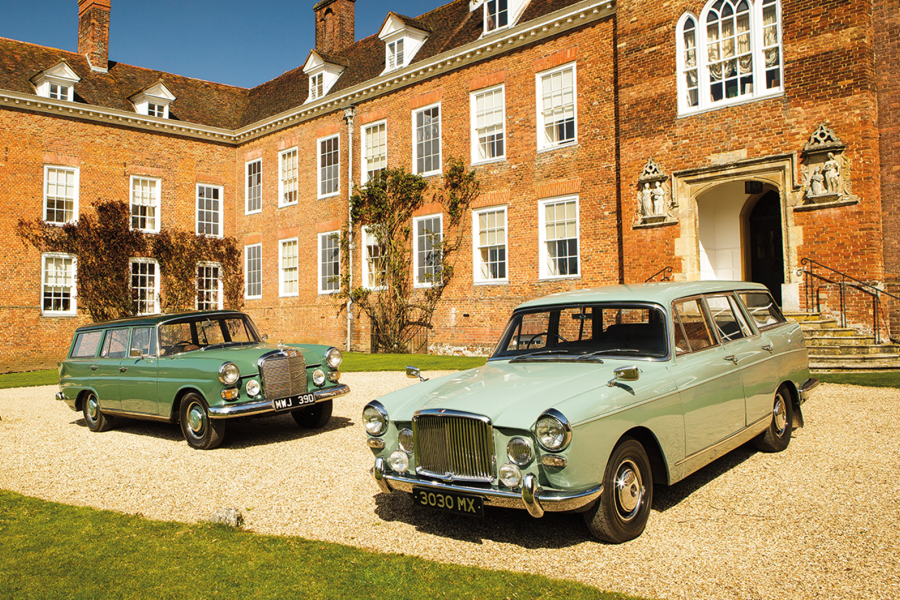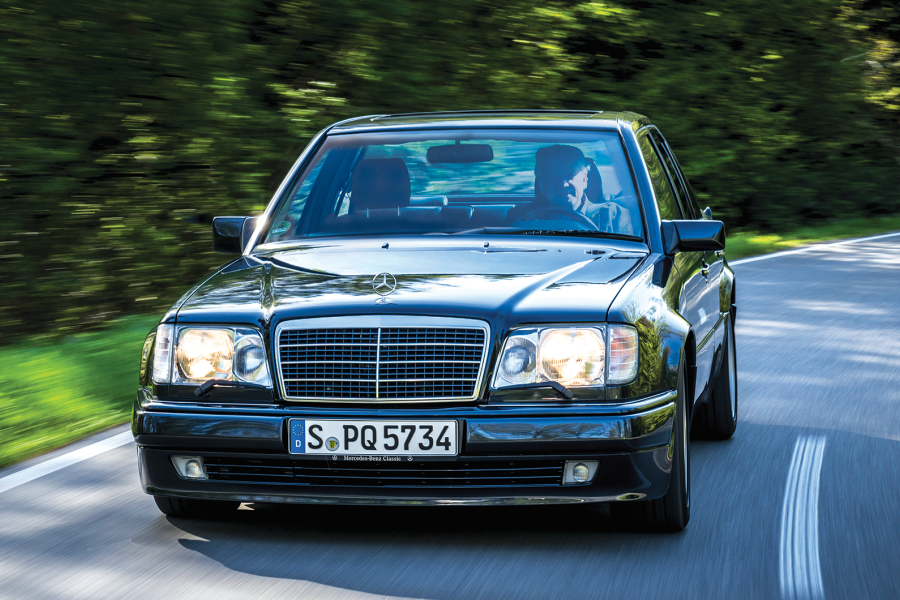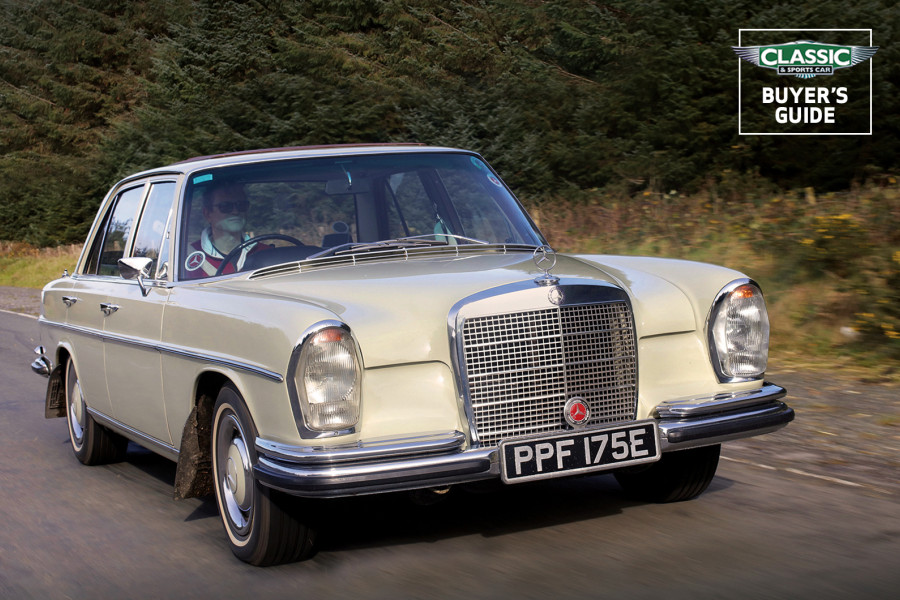
One of the first exhibits you encounter as you enter the Unimog Museum’s main atrium is not a Unimog at all but a small grey tractor, and a Ferguson at that.
Alongside it – and rather more robustly roped-off – sits the sixth Unimog prototype ever built.
They’re displayed together so a comparison can be made.

The U6 prototype was the sixth Unimog produced
Until 1946, a tractor such as the Ferguson was a farmer’s lot.
A single – and uncomfortable – seat was located over the back axle, leaving the poor driver exposed to the elements.
Its rear axle was the only one driven, and there was nowhere to store anything on board, so if any products or livestock needed transporting anywhere, they had to follow in a trailer, which could upset the balance of the already lightly loaded and vague front end.
Moreover, tractors were slow.



Clockwise from top: Mercedes-Benz Unimog U411 with a front-mounted pump; metal cages on early Unimogs prevented the narrow tyres from sinking into heavy mud; fire-department Unimog 435 with a front loader


















